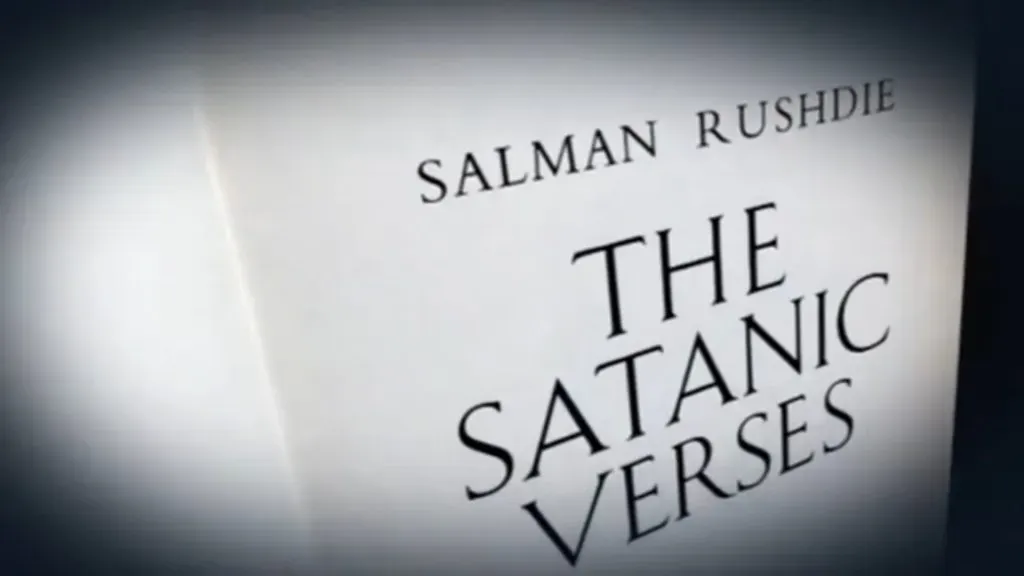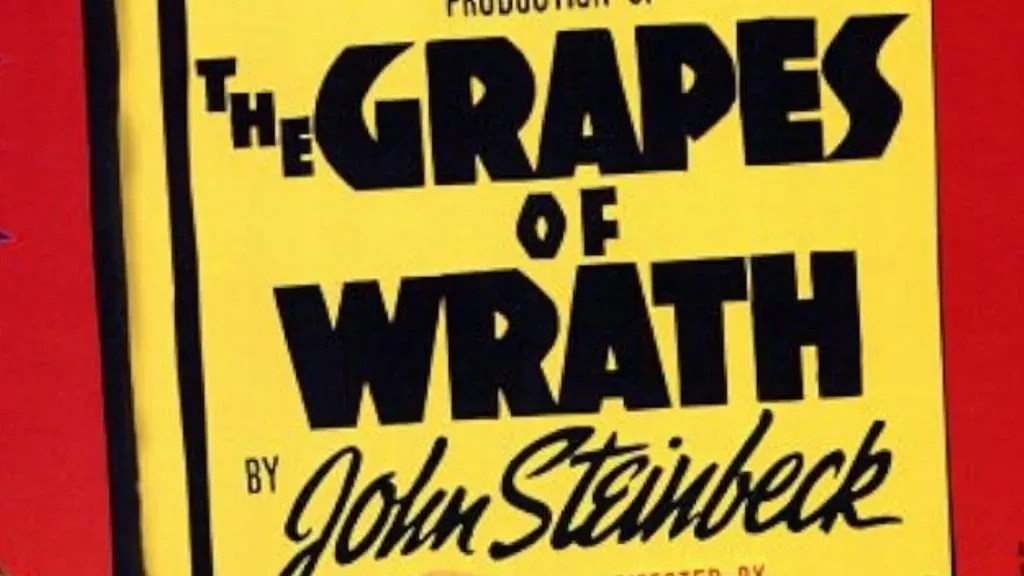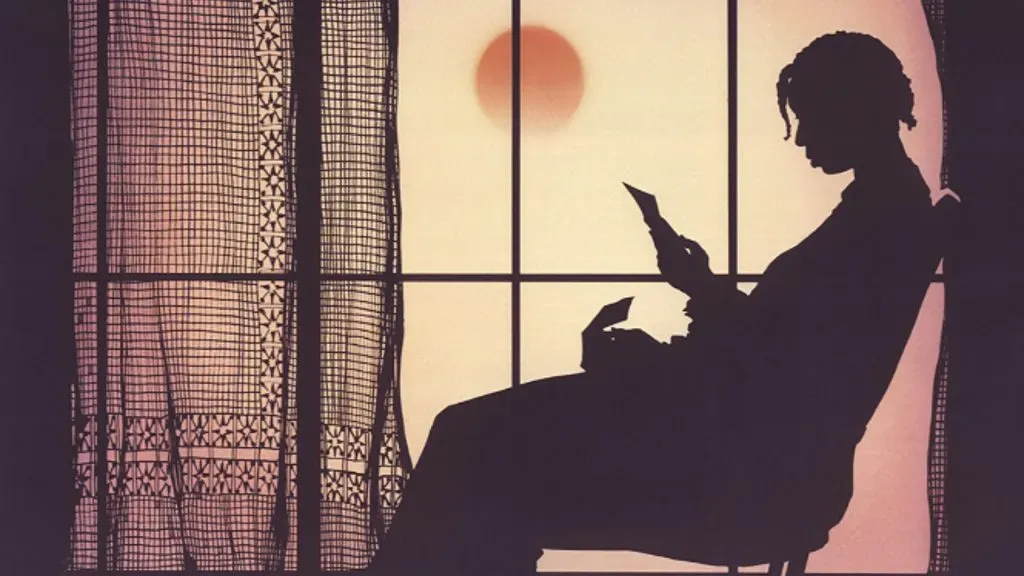Once silenced, now celebrated—many of literature’s most enduring works began their lives branded as dangerous, immoral or unfit for public eyes. Banned from classrooms, burned in public squares or hidden away by authorities, these books carried ideas so powerful they were feared more than ignored.
Over time, the very words once censored have become part of the literary canon, shaping culture and challenging generations of readers. Some titles trace a journey from prohibition to prestige, proving that stories once forbidden can become the ones that define entire eras.
The Satanic Verses (1988) | Salman Rushdie

(Source: IMDb)
This novel triggered a global crisis and diplomatic emergency due to its perceived satirical treatment of religious history and figures. It was banned in multiple countries, and the author was subjected to a fatwa (religious edict of harm). The novel remains the most extreme example of the collision between artistic freedom and religious extremism.
Brave New World (1932) | Aldous Huxley

(Source: IMDb)
Although often classified as political science fiction, this novel was primarily censored for challenging moral and religious norms. It was banned in Ireland for its critique of the nuclear family and established religion, and in the U.S. it was challenged for its portrayal of promiscuous relationships and the use of mood-altering substances as tools of social control.
Ulysses (1922) | James Joyce

(Source: IMDb)
This modernist masterpiece was totally banned in the United States for over a decade after an excerpt was deemed indecent. The controversy focused on the work’s radical narrative style and its candid portrayal of the main character’s mundane, yet deeply internal, thoughts and acts of personal intimacy, leading to a landmark trial that redefined literary freedom and context.
The Catcher in the Rye (1951) | J.D. Salinger
Considered the essential coming-of-age novel, it remains one of the most frequently challenged works in schools for its extensive use of profanity and its open exploration of adolescent disillusionment and rebellion. Censors feared the book promoted anti-social behavior, disrespect for authority, and explored themes of maturation too candidly for younger readers.
Lolita (1955) | Vladimir Nabokov

(Source: IMDb)
Nabokov’s most famous novel was prohibited in several countries, including France and the U.K., due to its central theme of an adult’s complex romantic obsession with a minor and its detailed content regarding that inappropriate attachment. The narrator’s fixation generated a controversy that led to censorship trials, although the work’s literary complexity allowed it to resist permanent prohibition.
The Well of Loneliness (1928) | Radclyffe Hall
This semi-autobiographical novel was a literary landmark as one of the first works to address unconventional lifestyles and emotional identity in a serious manner. It was immediately brought to trial for obscenity in Great Britain, where a magistrate ruled that the novel was “dangerous to the moral fabric” simply for daring to depict and advocate for acceptance of same-gender relationships.
Lady Chatterley’s Lover (1928) | D.H. Lawrence
This novel sparked one of the most famous obscenity trials of the 20th century in both the U.K. and the U.S. It was banned for the candid nature in which it portrayed a relationship that crossed class boundaries between an aristocratic woman and a working-class servant, using language to detail intimacy that directly defied prevailing social conventions of the time.
The Grapes of Wrath (1939) | John Steinbeck

(Source: IMDb)
While addressing issues of class struggle, the primary objection to this Pulitzer Prize winner was directed at its “coarse” language and its unflinching, critical portrayal of social injustice. The book was literally burned in several cities by local elites who found its depiction of the poverty and desperation faced by migrant workers libelous and morally offensive to their conventional standards.
The Awakening (1899) | Kate Chopin
Considered a profoundly subversive work, this novel was silenced for challenging the expectations of Victorian gender roles and morality. The story of Edna Pontellier and her pursuit of personal fulfillment and autonomy outside the confines of her duties as a wife and mother scandalized society, as it was perceived as “indecent” for advocating a woman’s individual desire and self-determination.
The Color Purple (1982) | Alice Walker

(Source: IMDb)
This Pulitzer Prize-winning novel has frequently been removed from school reading lists due to its frank depiction of difficult relationships and challenging life circumstances, as well as its content that confronts traditional societal norms. The novel was censored not for political reasons, but for portraying the complex emotional lives of marginalized women with unflinching honesty.





